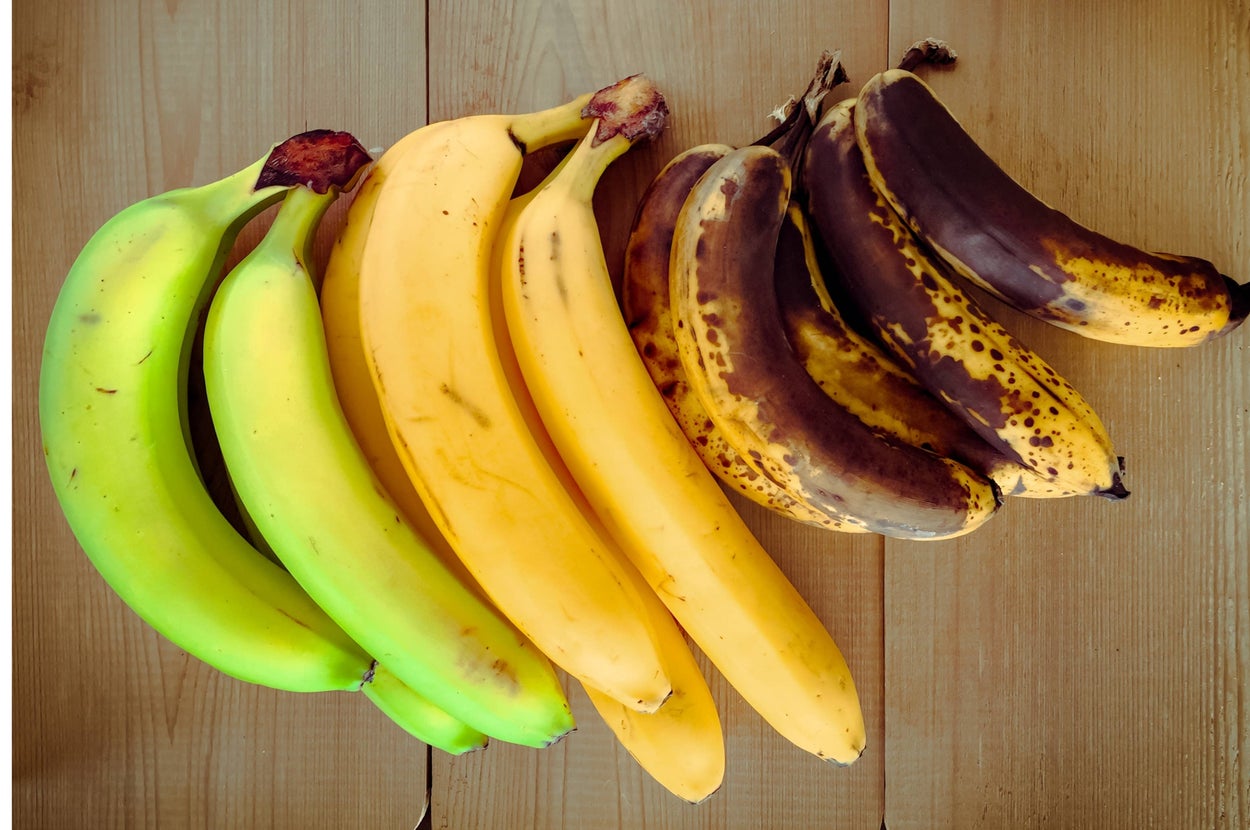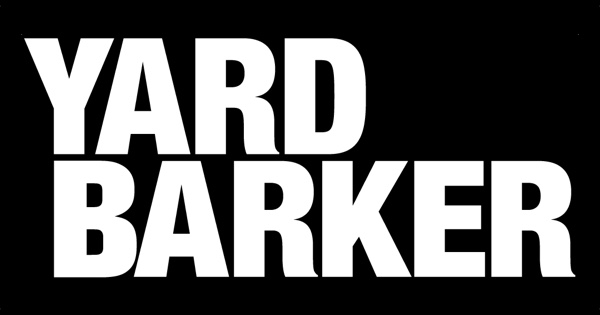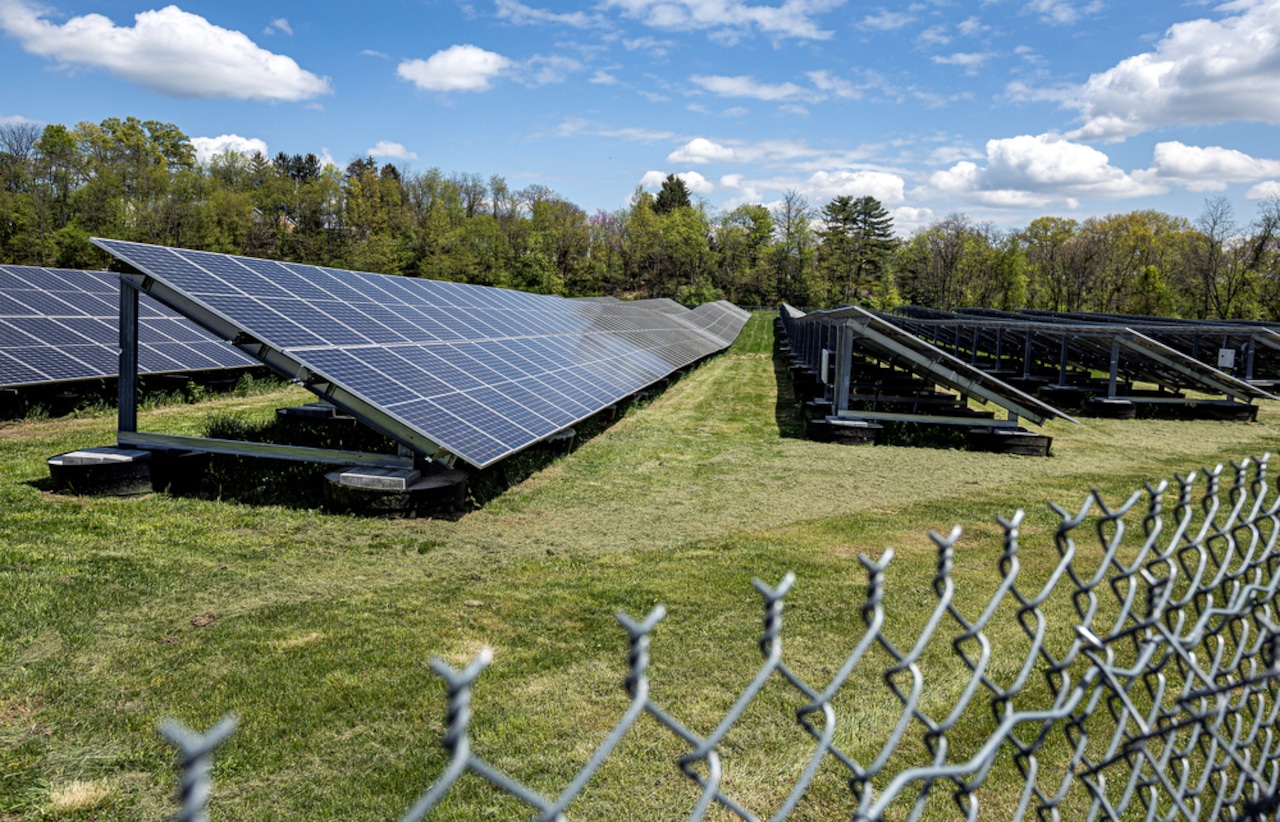Copyright buzzfeed

Bananas at this stage are fully yellow and soft, but not mushy. They’re easy to peel and have a sweet smell. While ripe bananas are listed separately from barely ripe ones here, it’s important to note that not all experts find the differences noteworthy. “Nutrition-wise, these types of bananas are pretty much the same,” Sauceda said. “In fact, the USDA nutrient database categorizes these two types of bananas together.” With that said, if we’re going to make distinctions, Zenker shared what they are: In ripe bananas, starches have mostly converted into natural sugars, fiber decreases, and sugar and antioxidant content increase. Vitamins and minerals hit their peak. Sauceda added more noteworthy benefits. “One banana has 8% of your daily value for potassium, which is a mineral many people don’t get enough of,” she said. “This mineral is important for blood pressure and muscle contraction. It also meets 8% of your daily value for magnesium, which is important for bone health.” Zenker encouraged a ripe banana for people who are about to work out, want quick and convenient whole-food energy, or are looking to increase potassium intake (perhaps to manage high blood pressure or other cardiovascular issues), as well as for kids who want an easy-to-eat, sugary food. Ripe bananas are also a good in-between for people who want fiber without the digestion-related concerns.



